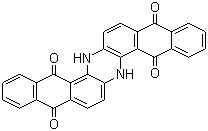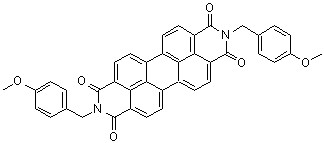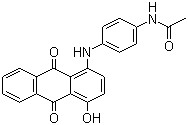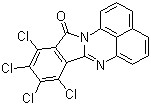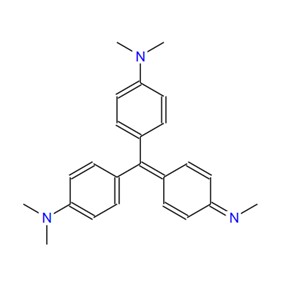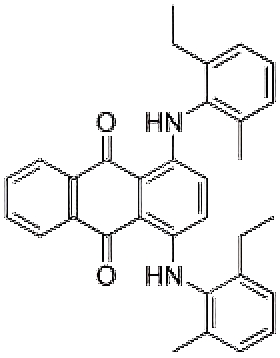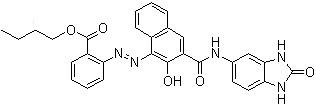Pigment Blue 60 CAS 81-77-6
| Risk Codes | 20/21/22 – Harmful by inhalation, in contact with skin and if swallowed. |
| Safety Description | S22 – Do not breathe dust. S36/37/39 – Wear suitable protective clothing, gloves and eye/face protection. |
| RTECS | CB8761100 |
| Toxicity | LD50 oral in rat: 2gm/kg |
Introduction
Pigment Blue 60, chemically known as Copper phthalocyanine, is a commonly used organic pigment. The following is an introduction to the properties, uses, manufacturing methods and safety information of Pigment Blue 60:
Quality:
- Pigment Blue 60 is a powdery substance with a bright blue color;
- It has good light stability and is not easy to fade;
- Solvent stability, acid and alkali resistance and heat resistance;
- Excellent staining power and transparency.
Use:
- Pigment Blue 60 is widely used in paints, inks, plastics, rubber, fibers, coatings and colored pencils and other fields;
- It has good hiding power and durability, and is commonly used in paints and inks to make blue and green color products;
- In plastic and rubber manufacturing, Pigment Blue 60 can be used to color and change the appearance of materials;
- In fiber dyeing, it can be used to dye silk, cotton fabrics, nylon, etc.
Method:
- Pigment Blue 60 is mainly prepared by the synthesis process;
- A common preparation method is to produce a blue pigment by reacting with diphenol and copper phthalocyanine.
Safety Information:
- Pigment Blue 60 is generally considered to be relatively safe for the human body and the environment;
- However, long-term exposure to or inhalation of excessive amounts of dust may cause irritation to the skin, eyes and respiratory system;
- Special caution is required when children come into contact with Pigment Blue 60;


